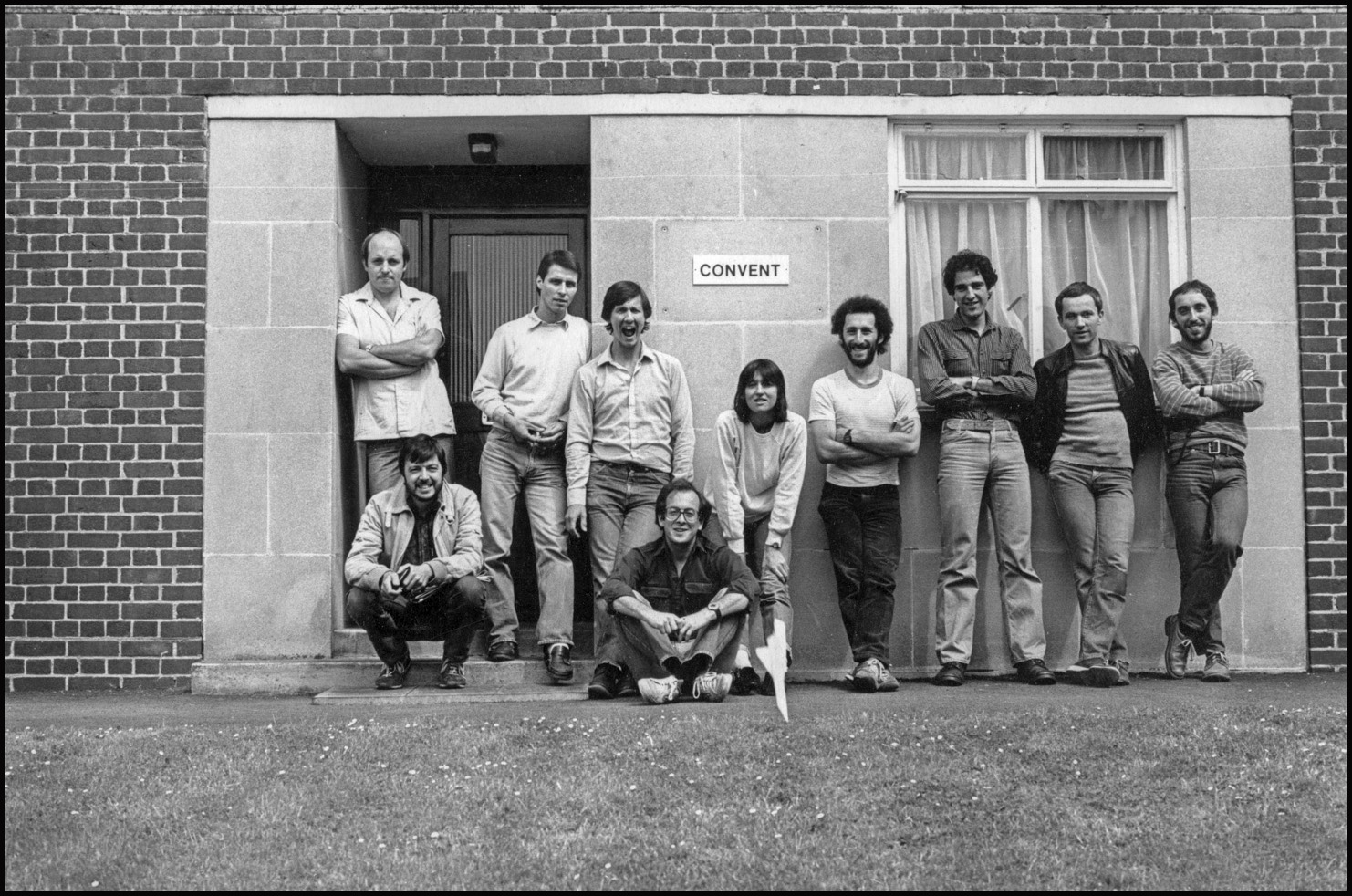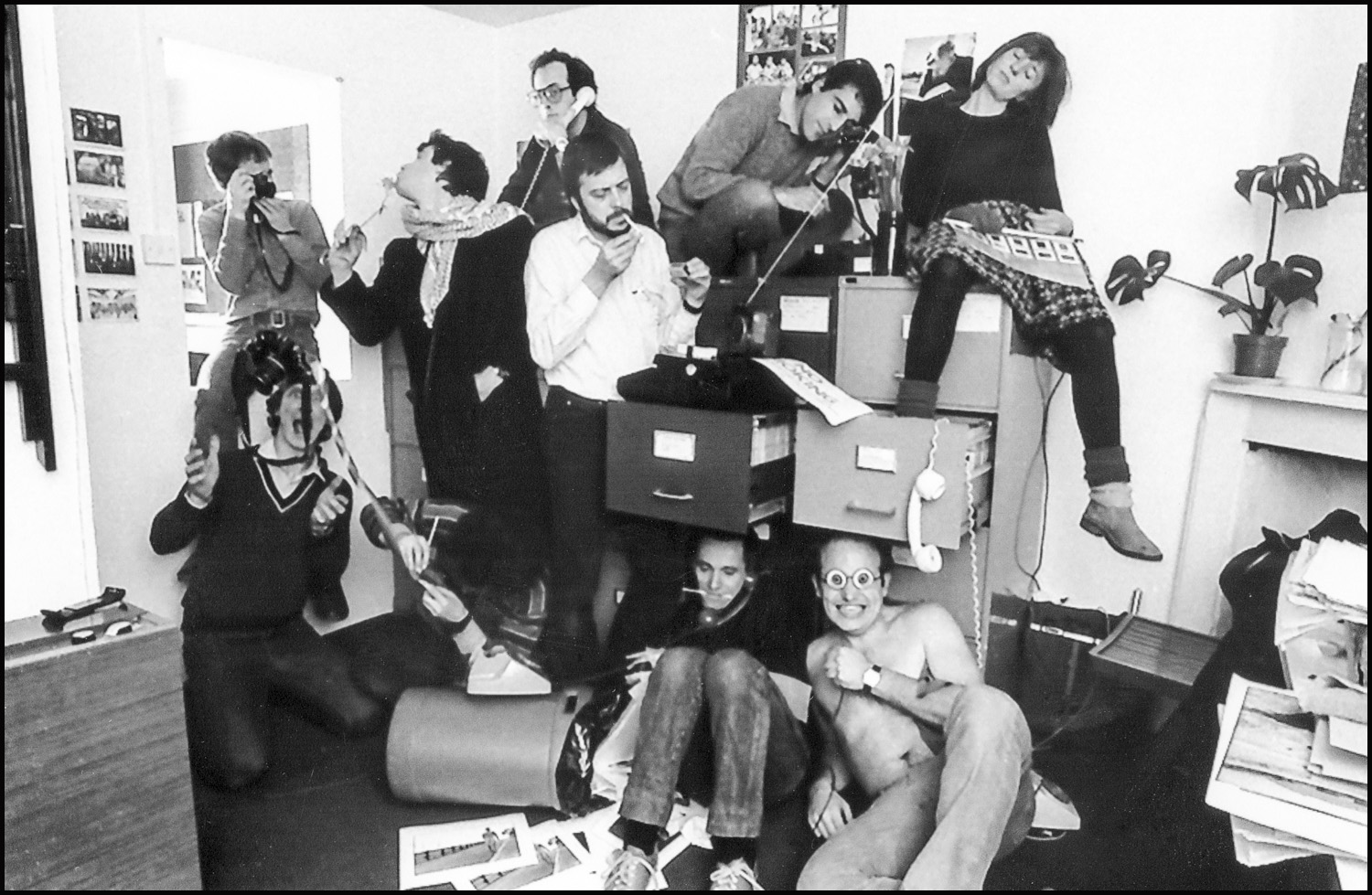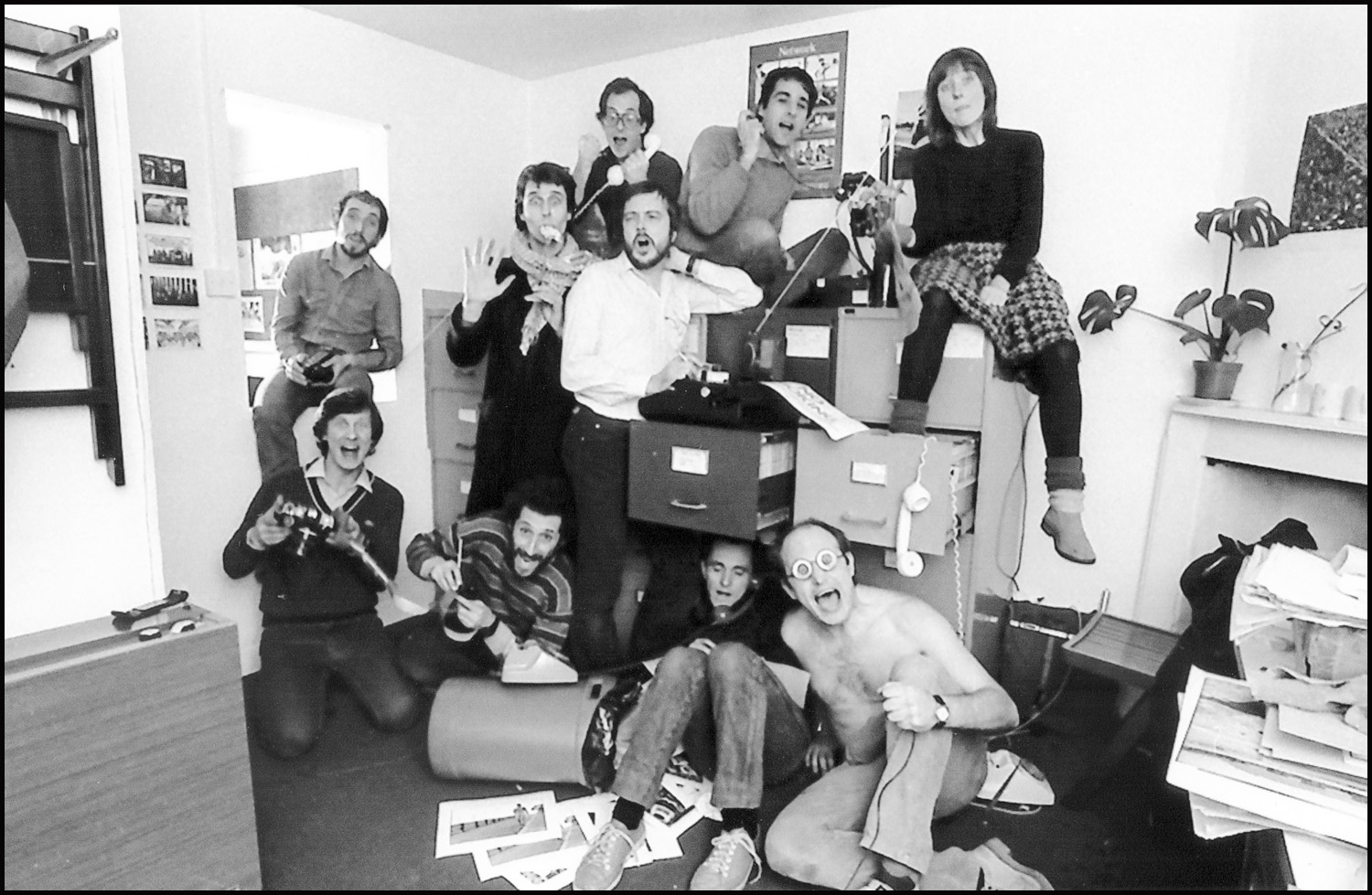Network Photographers Online showcases the work of the agency Network Photographers during its 24 year lifespan from 1981 to 2005.
Network Photographers was an independent cooperatively-owned picture agency founded in London in January 1981. It grew out of a desire by a group of young UK-based freelance photojournalists to work collectively in a non-competitive environment.
Their aim was to produce socially concerned work documenting the world around them and to retain control and ownership of the material.
By pooling their archives and providing each other with mutual support, they were able to find an alternative approach to the largely solitary world of freelance photography.
As the agency's reputation grew, it expanded its membership. By the mid-1990s Network represented more than 40 member and associate member photographers world-wide, with its office in London employing 20 full and part-time staff.
Whilst undertaking assignments from UK and foreign newspapers and magazines, photographers also pursued their own stories, covering many of the most important unfolding events of the time.
Agency staff supported photographers by negotiating editorial and commercial assignments, syndicating stories, and managing picture sales from a library which by then contained a million colour and black and white images.
Network established reciprocal arrangements with photo agencies around the world to distribute each other's picture stories.
The agency's photographers received frequent awards and recognition for their work including multiple World Press Photo awards, the Eugene Smith award, the Pulitzer prize, the Picture of the Year awards, the Tom Hopkinson Magazine Photographer of the Year award, the Nikon News Photographer of the Year awards and the Amnesty International media award.



The founding members of the agency were:
Mike Abrahams, Steve Benbow, Chris Davies, Mike Goldwater, Barry Lewis, Judah Passow, Laurie Sparham and John Sturrock.
Network established reciprocal arrangements with photo agencies in 12 countries around the world to distribute each other’s picture stories. These included Rapho in France, Grazi Neri in Italy, Transworld in Holland, Focus in Germany, Aperion in Greece, EK in Poland, and at various times JP Pictures, Contact, Black Star and Saba in The USA.
Network was run on behalf of its member photographers by a Managing Editor. The agency’s Managing Editors were:
Martin Slavin 1981–1985
Trisha Ziff 1985–1989
Steve Mayes 1989-1994
Neil Burgess 1994–2001
Samantha Thomas 2002–2005
At various times between 1981 and 2005, the following photographers were represented by the agency:
Mike Abrahams UK Founder Member
Michael Amendolia Australia Member
Katherine Arkell UK Associate
Steve Benbow UK Founder Member
Jodi Bieber South Africa Member
Gary Carlton UK Associate
Gigi Cohen USA Associate
Chris Davies UK Founder Member
Dennis Duran UK Associate
Jillian Edelstein UK Member
Fay Godwin UK Associate
Mike Goldwater UK Founder Member
Donna Ferrato USA Associate
Stuart Freedman UK Member
Ken Grant UK Associate
Robert Gumpert USA Associate
Roger Hutchings UK Member
Tim Hetherington UK Member
Fritz Hoffman China Associate
Nikolai Ignatiev Russia Member
Peter Jordan UK Member
Ed Kashi USA Associate
Witold Krassowski Poland Member
Joachim Ladefoged Denmark Associate
Justin Leighton UK Menber
Barry Lewis UK Founder Member
Harriet Logan UK Member
Paul Lowe UK Member
Neil Libbert UK Associate
Jenny Mathews UK Member
Martin Mayer UK Associate
Gideon Mendel South Africa Member
Dod Miller UK Member
Jose Manuel Navia Spain Associate
Jonathan Olley UK Member
Tony Olmos UK Associate
Judah Passow UK Founder Member
Christopher Pillitz UK Member
Jack Picone Australia Member
Mark Power UK Member
Steve Pyke UK Associate
Paul Reas UK Member
Didier Ruef Switzerland Associate
Michel Setboun France Associate
Dyanita Singh India Associate
Laurie Sparham UK Founder Member
John Sturrock UK Founder Member
Anthony Suau USA Associate
Sebastian Selgado France Associate
Homer Sykes UK Member
Sion Touhig UK Associate
Patrick Ward UK Associate
Wowe Germany Associate
People who worked as staff at Network Photographers included:
Andy Aitchison
Gen Arcese
Paul Bellsham
Christian Buss
Nick Curry
Stephen Davies
Dale Eru
Susan Glen
Katherine Hallett
Abby Johnston
Mike Kemp
Helen McEwen
Lee Martin
Ludivine Morel
Una Murphy
Cat Picton-Phillips
Martin Salter
Mark Sealy
Alex Segre
Geoffrey Smith
Kate Swerdlow
Christine Taylor
Howard Trafford
Sue Trangmar
Jill Turner
Laurence Watts
Alice Wyne-Wilson
Maria Wood
Projects
Positive Lives
Positive Lives was a project conceived between Stephen Mayes at Network and Lyndall Stein at the Terrence Higgins Trust. The work was instigated to mark the tenth anniversary of the Terrence Higgins Trust and the first decade of the Aids epidemic in Britain.
The work was published in 1993 in the book “Positive Lives, Responses to HIV - a photo documentary”, published By Cassell, ISBN 9 98034 328468, and the work was exhibited widely, opening at the Photographers Gallery, London and then at The Museum of Modern Art, Oxford.
Photographers included, Denis Doran - Responses to HIV; John Sturrock - The Estate - A Family Secret; Mike Abrahams - Prison; Mike Goldwater - The Religious Response -TheBody of Christ Has AIDS; Judah Passow - Buddies; Mark Power - Grief and Loss; Jenny Matthews - Mothers and Children; Paul Reas - Rupert - A Life Story; Barry Lewis - Gay Lives; Christopher Pillitz - Gay Men - Responses to HIV; Denis Doran - Sex - If Looks Could Kill; Steve Pyke - Another View; Paul Lowe - Consequences - Acting It Out; Gideon Mendel - The Wards.
Positive Lives as a project continued for more than ten years with Lindall Stein, Amanda Stone, Kevin Ryan, Francesca Kirby, Trevor Pearcy, Mike Abrahams and John Sturrock managing the project as members of a steering committee. New work was produced internationally covering responses to HIV and Aids in Zimbabwe, (Gideon Mendel) South Africa (Gideon Mendel), Mozambique (Jenny Matthews and Gideon Mendel)), India (Mike Abrahams and Dyanita Singh), Bangladesh (Shahidul Alam), Poland (Roger Hutchings), Spain (Jodi Bieber), Cambodia (Barry Lewis), The Philippines (Hariet Logan), Zambia (Gideon Mendel), Malawi (Gideon Mendel), Tanzania (Gideon Mendel), Rwanda (Stewart Freedman), China (Fritz Hoffman), Korea (Peter Jordan), Australia (Jack Picone) and Thailand (Jack Picone), Hong Kong (Jack Picone), Ireland (Alan O’Connor)
Touring Exhibitions opened in each of the locations where new work was shot with shows opening in major venues in the capital cities aimed at the decision makers and smaller community exhibitions that were used in an educational and awareness context by community organisations working on the ground. The work was estimated to have been seen by more that two million people world wide. Exhibitions were held at all the World Aids Day conferences including at The United Nations.
The project received generous support from the Levi Strauss Foundation and the Elton John Foundation.
The Following is printed courtesy of Stephen Mayes, Editor of the project and published in the introduction to Positive Lives